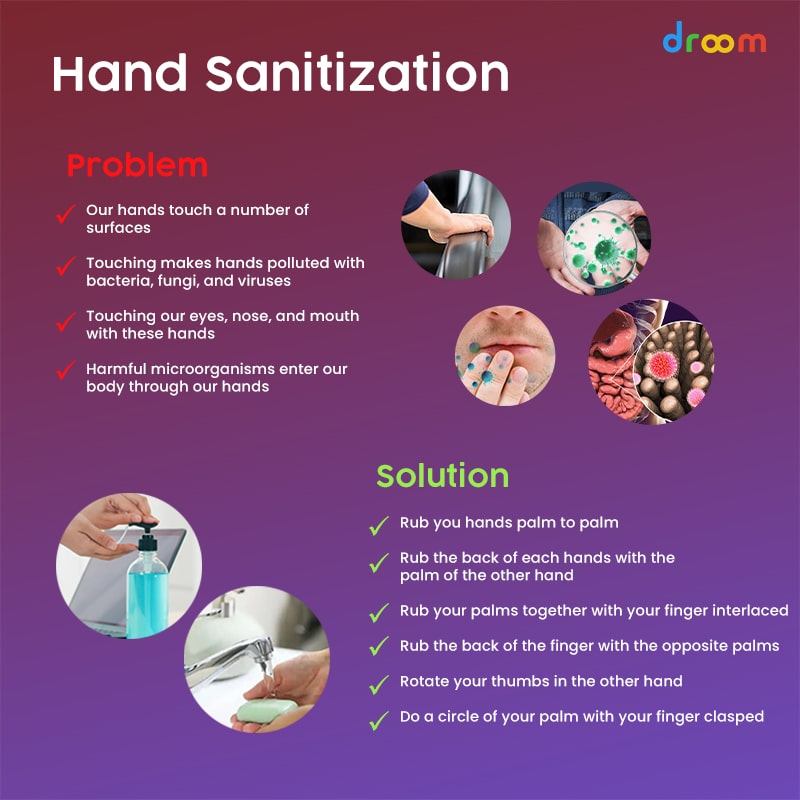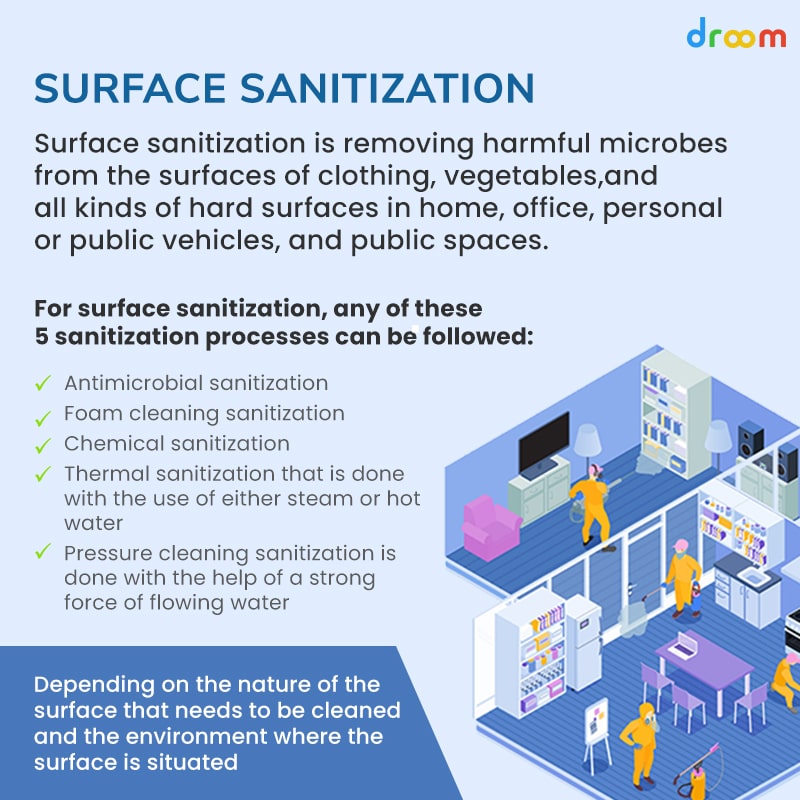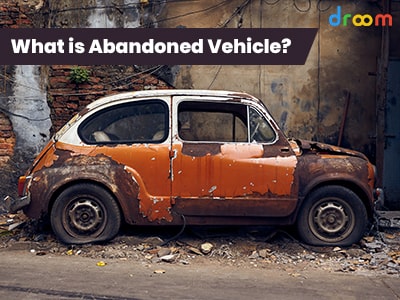There is nothing new in the term “sanitization”, the only thing is that people across the globe have started giving it the topmost priority in their life.
Today, sanitization is more important than anything else. Right…!
Due to germs and viruses, there can be several medical emergencies that can turned out to be an unprecedented world health dilemma to the entire world, wherein hygiene is the key defense against such crisis. Hence the term ‘sanitization’ has earned much attention.
In this article, we will be covering following topics:
- What is sanitization?
- Difference between cleaning and sanitization
- Types of sanitization methods
- Chemical and products used in sanitization
- Importance of Hand Sanitization in our daily routine
- Importance of Sanitization on touchable surfaces
Let’s discuss in detail.
What is Sanitization?
Sanitization is a process of cleaning certain area or surface in such a manner so that it is made bacteria-free and elementally clean all types of microbes and viruses that can infect the human body and cause different kinds of diseases.
Hand Sanitization is a process of cleaning the human body especially hands that can get infected with any contagious microbes when the hands touch any infected surfaces, animals, or humans.
Surface Sanitization is a process of removing or destroying microorganisms from places like clothing, vegetables, water, and all kinds of hard surfaces.
That is to say, sanitization is a process of removing harmful microbes with the help of chemicals that doesn’t harm the human body. The chemicals are used in measured quantities and diluted with water or other diluting agents. Sanitization can also be done with the help of heat and some other methods but that cannot be applied in every context.
The Difference Between Cleaning and Sanitization
Many people feel that ‘Cleaning’ and ‘Sanitization’ are the same thing. However, this is not true. Though cleaning is the first step in the sanitization, mere cleaning cannot sanitize a place or our hands. Let us take a closer look at the differences between the two terms:

- Cleaning is often the first step that removes the dirt and dust from a certain surface top. Sanitization is the next step that aims at deeper cleaning.
- Cleaning is a regular task that can be done by anyone but sanitization is a highly professional task that requires knowledge, experience, and expertise.
- The chemicals, agents, and the equipment used for cleaning are very simple and basic. They can be easily arranged. Using them is also very simple and easy. In the case of sanitization, the products are much more complex. People using them must have enough knowledge of using the right chemical in the right place so that the pathogens and the bacteria are killed and the surface top is not damaged in any way.
- Cleaning aims at removing the dirt particles but sanitization aims at killing the bacteria and the pathogenic elements that can cause diseases.
Types of Sanitization Available in the Market
There are different types of sanitization processes that are available in the market. These processes are determined on the basis of the central agent that is applied to kill bacteria, germs, and pathogenic microorganisms that can otherwise spread diseases. Some of the popular sanitization methods are:
- Antimicrobial sanitization
- Foam cleaning sanitization
- Chemical sanitization
- Thermal sanitization that is done with the use of either steam or hot water
- Pressure cleaning sanitization is done with the help of a strong force of flowing water
The type of sanitization method chosen depends on the nature of the surface that needs to be cleaned and the environment where the surface is situated.
What Chemicals/Products are Used in Sanitization?
Sanitization is a process that aims at killing and eradicating the bacteria, germs, pathogenic, and non-pathogenic microorganisms that grow on various surface tops. Now, this is a process that can be done with the use of a large number of products and chemicals. Some of the most common choices in this context are:
- Chlorine-based cleaners
- Iodine sanitizers
- Quaternary ammonium
- Iodophors
- Peroxyacetic Acid
- Alcohol-based cleaners
- Formaldehyde
- Glutaraldehyde
- Hydrogen Peroxide
- Peracetic Acid
- Phenolics
The Importance of Sanitization
- Importance of Hand Sanitization in Our Daily Routine

Sanitizing hands keep us and our families healthy. With the hand, we touch hundreds of things knowingly and unknowingly that can infect us with hundreds of microbes. This is why hand sanitization is important. Here again, just cleaning doesn’t mean the germs are killed. We need to know the process of hand sanitization. The medical fraternity has acknowledged that a majority of germs, bacteria, and other pathogenic harmful microorganisms enter our system through our hands. Throughout the day we touch a number of surfaces of which many could be polluted with bacteria, fungi, and viruses. Now, touching our eyes, nose, and mouth with these hands can make us sick in more ways than one. This is why washing and sanitization of hands are of paramount importance for our unfailing health.
- Importance of Sanitization on Touchable Surfaces

The different surfaces with which we come in contact at home, office, personal or public vehicles, and public spaces are some of the most susceptible places through which microbes spread rapidly in healthy individuals. This is why the sanitization of touchable surfaces is more than imperative to stop the spread of dangerous and contagious diseases.
- How Frequently You Need to Sanitize the Touching Surfaces?
This is one of the most obvious questions that could come to your mind. What should be the frequency at which surface top must be sanitized? Well, it is impractical to think that the surface tops can be sanitized every time before they are touched. But, if you need disinfect it every day, then it is cleaning and not sanitizing. The sanitization effect should last for 90 days. More frequent sanitizing can damage the surface tops as the cleaning and the sanitizing agents can have corrosive effects on the surface tops.
Conclusion
Sanitization is a process that can be rather effective in curbing the harmful influence of viruses. With the growing band of such viruses all around us in the current times, sanitization is a process that must be attempted with greater solidarity, seriousness, and meticulous precision. This could be sanitization of hands or sanitization of surface tops around us that we touch throughout the day. It is one of the most effective steps against viruses and can help to control their spread
Droom is an automobile e-commerce platform offering a 21st-century automotive buying experience online with its four value pillars including trust, selection, low price, and convenience second to none. It offers 250k+ vehicles online in 1,100 cities — both used and new. Droom deals in buying and selling cars, 2-wheelers, and other vehicles too. It is an AI and data science-driven platform designed with the best ecosystem tools. Here, we have a team of auto-experts and auto enthusiasts who are dedicated to covering every sphere of the auto industry by simplifying the procedure of buying and selling with Unified Droom Experience. To know more, click here.









